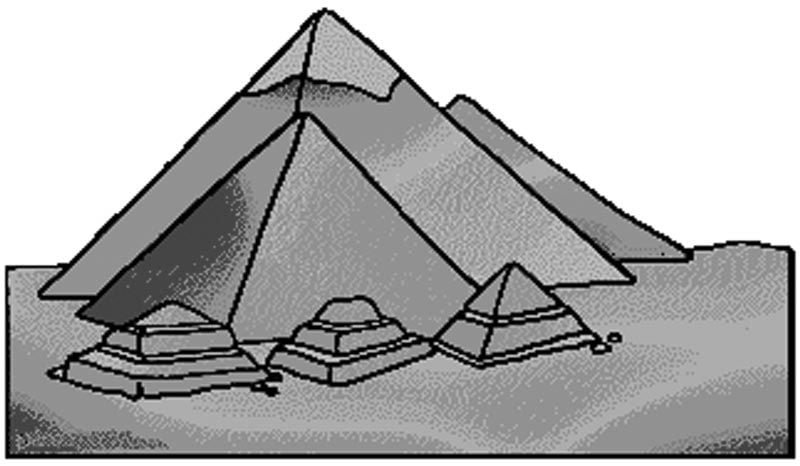My dad has a miniature pyramid of Egypt. It is 5 inches in height. Dad was invited to display it at an exhibition. Dad felt it was too small and decided to build a scaled-up model of the pyramid out of material whose density is (1/ 5) times the density of the material used for the miniature. He did a “back-of-the-envelope” calculation to check whether the model would be big enough.
If the mass (or weight) of the miniature and the scaled-up model are to be the same, how many inches in height will be the scaled-up pyramid? Give your answer to two places of decimal.

Answer
Mass = Density * volume and
Volume of model/Volume of miniature = (H of model / H of miniature)^3
In the above equation, H is the characteristic dimension (say, height).
If the mass is to be the same, then density is inversely proportional to volume. Also, the volumes are directly proportional to the cubes of the heights for objects that are geometrically similar. Therefore, the heights are seen to be inversely proportional to the cube roots of the densities. Thus,
Height of model = Height of miniature x (Density of miniature / Density of model)^1/3 or
Height of model = 5 x [ 5^1/3 ] = 8.55 inches.

